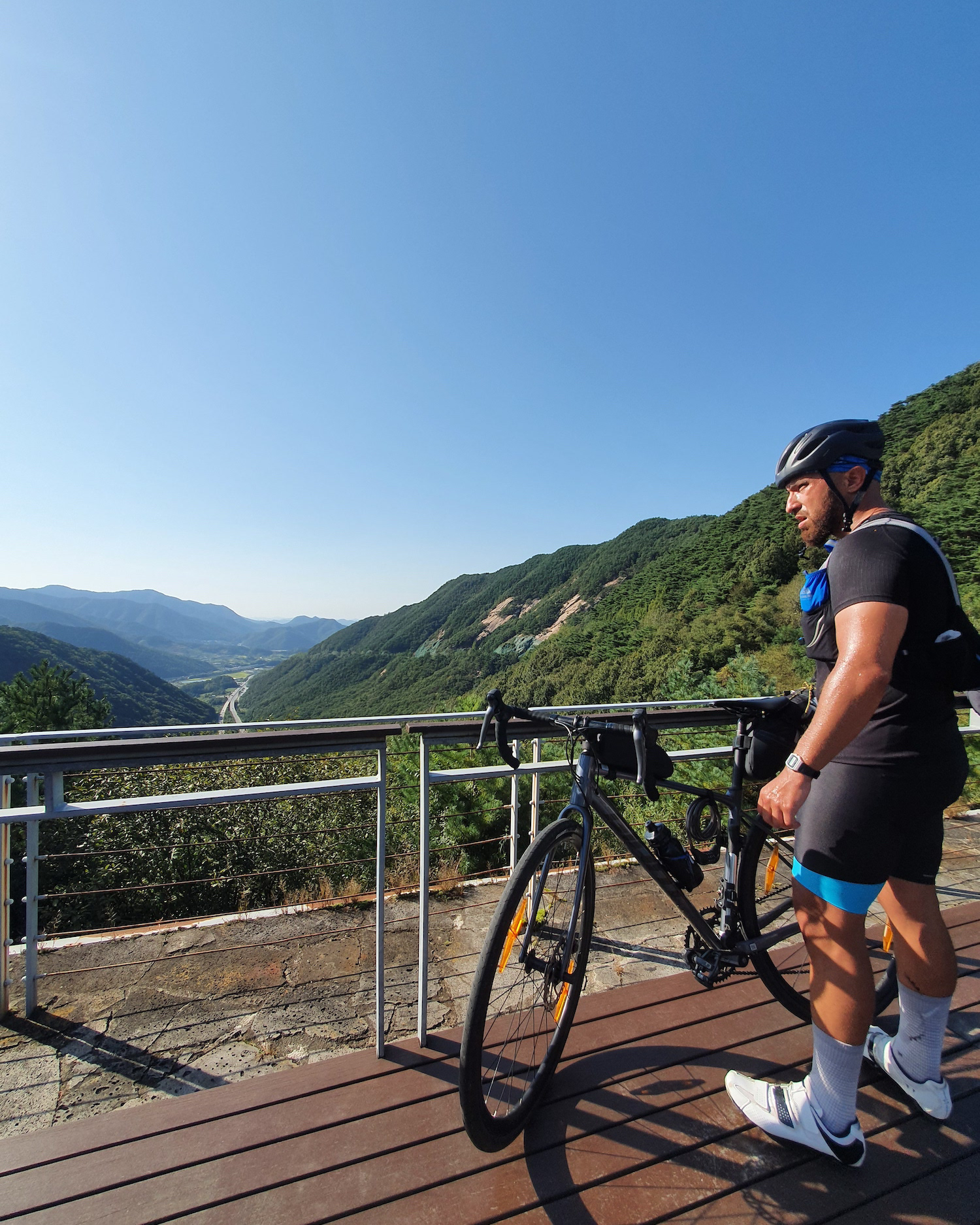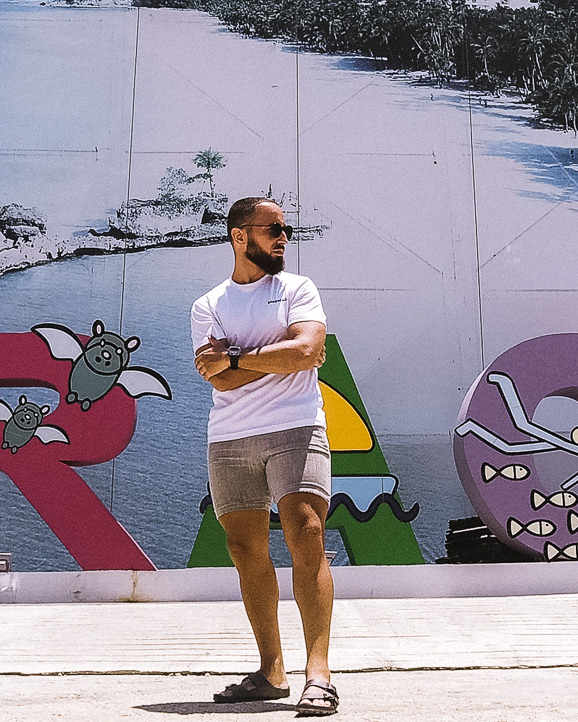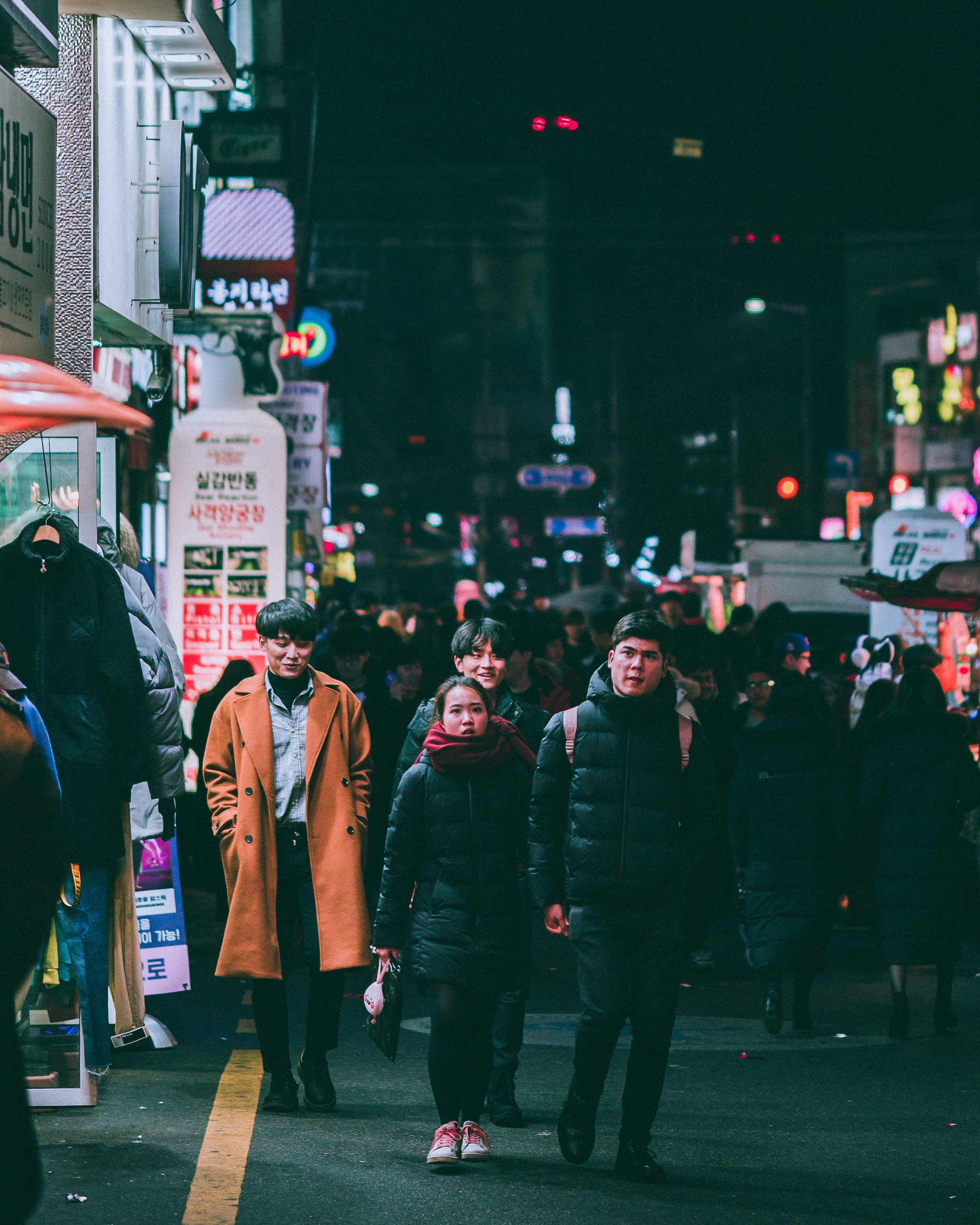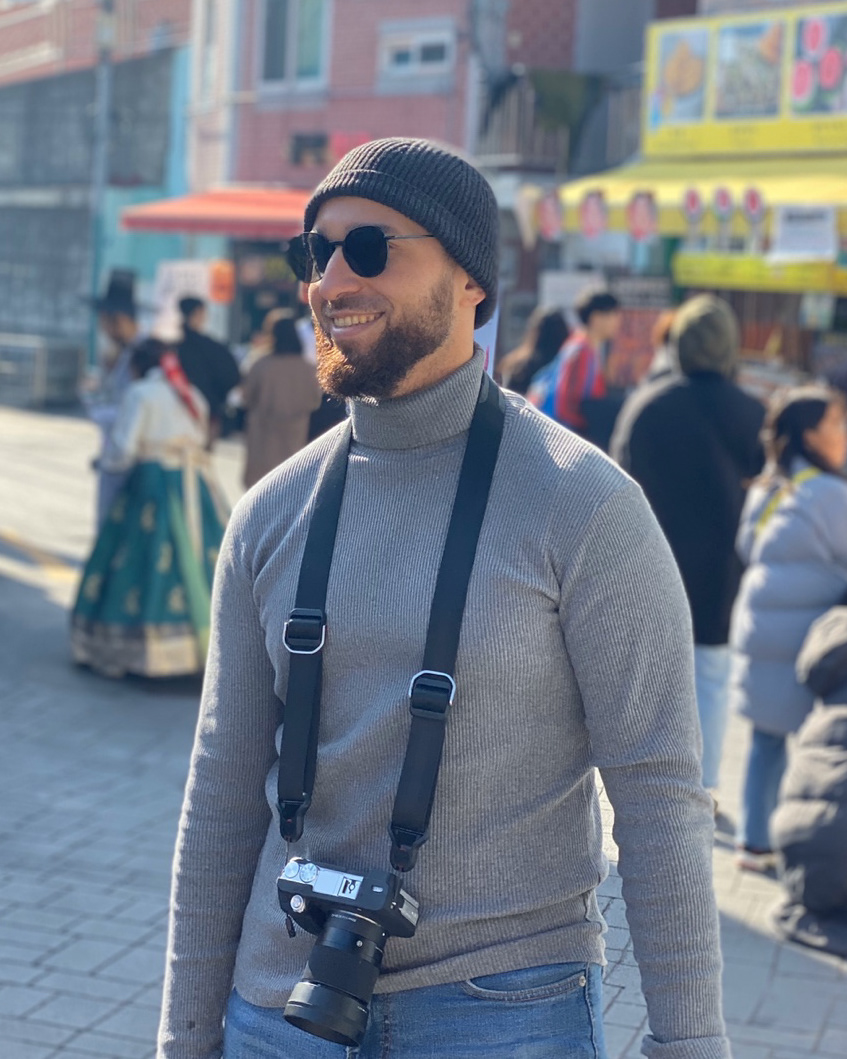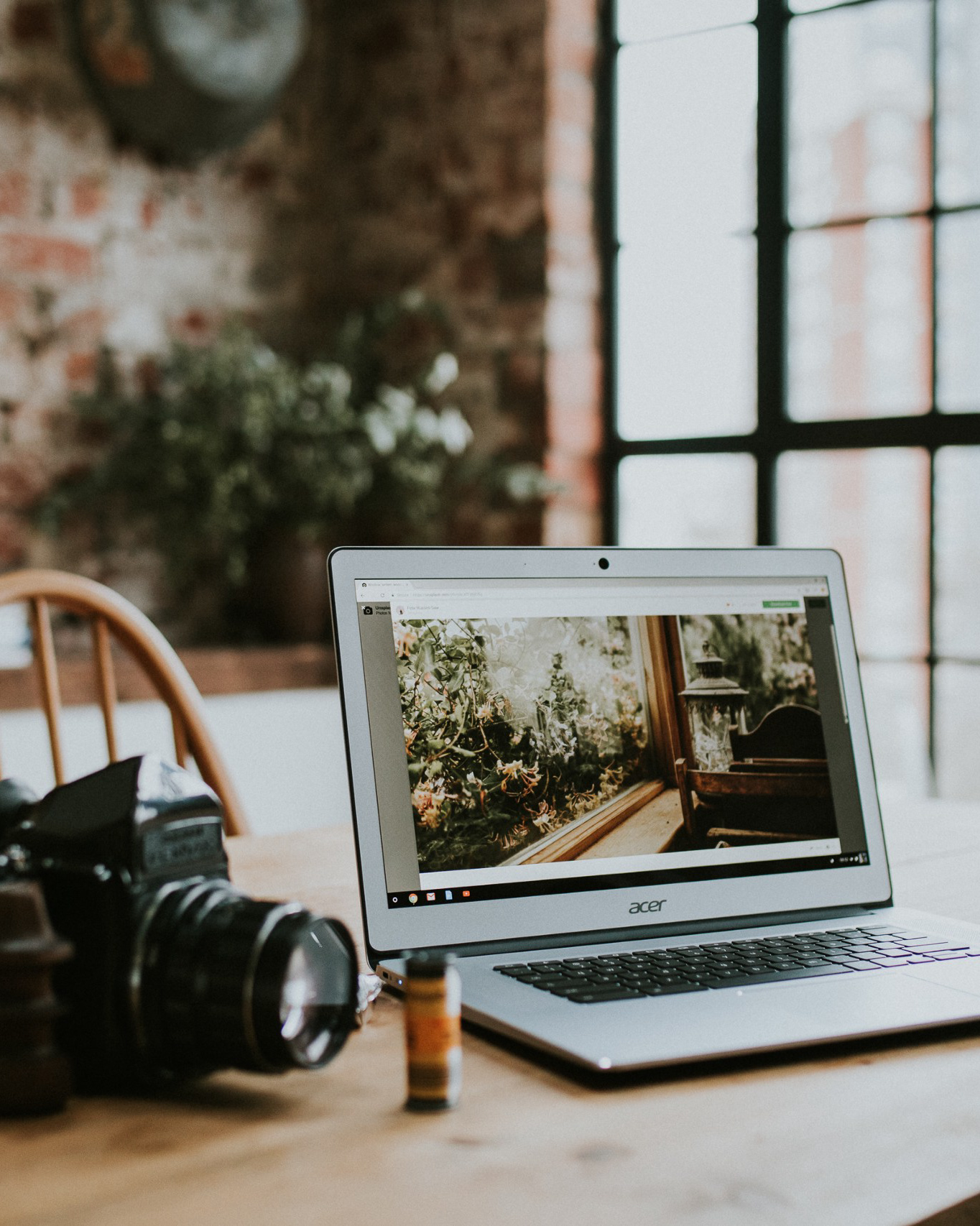When I first set out regularly uploading YouTube videos in the 3rd quarter of 2018, I had zero idea what I wanted to achieve with my channel. I knew I wanted it to serve as some sort of portfolio of work that I’d create in my time abroad, and I knew that I was doing it purely for passion. Apart from that I had no real direction or growth target that I’d set for myself.
It must have been sometime either towards the end of 2018 or early 2019 that I decided that 1000 subscribers would be an attainable target. I was starting from pretty much zero (well, around 150 subscribers), so I knew that the hard yards lay ahead.
11 months and 120,000 views later, and I’m happy to report that I’ve hit the 1000-subscriber mark. The 5th of November, to be exact. A goal which – at one point – seemed out of reach despite my best efforts has now materialised. It’s a rewarding feeling, and with that I want to share some of my insights on a year of YouTube and 1000 subscribers.
Lesson 1: Pick your niche (and a few sub-niches) early on, and see what sticks
The one thing that immediately grabbed me about doing photography abroad was the novelty of my surroundings. That novelty has somewhat worn off, but it was the reason I decided to focus on the street and travel photography niche. I do think that Asia is a treasure trove for these photography genres and I doubt that I’ll tire of shooting this type of content anytime soon. My value proposition is pretty clear upfront in my channel branding, playlists and most of my titles where there is some reference to street and/or travel photography in Asia. I didn’t set out to make gear a focal point of my channel but along the way people have gravitated to the channel for gear advice based on previous videos that I’ve done and I now find myself doling out advice around the Sony APSC line of cameras. You won’t find me complaining about this at all, as I’ve now incorporated it into my channel and am considered something of an authority in that specific niche (Sony a6300 and Sigma lenses). This might seem very specific but the truth is that there are lots of people looking for advice on this specific camera and lens combination. This leads to my second point.
Lesson 2: People love things
To be perfectly honest, there’s really no shame in focusing on gear or doing product reviews. If you’re giving impartial, balanced advice on a specific system then I don’t find anything wrong with it. You might get some people who self-righteously insist that gear doesn't matter, but when you discuss equipment, you’re doing a prospective buyer a favour by giving YOUR opinion on it. I guess this partly boils down to human nature. We all love acquiring things to a certain extent, and photographers are little more guilty than most in this aspect. But people also value advice. As I mentioned above, once I started ranking for my content on the Sigma 30mm and 56mm lenses with the Sony a6300 combo, more people started watching those videos. I actually consider it an honour that someone would come to me and ask my opinion on which lens is best. Now, I’m not saying that you should start a channel with the intention of reviewing every single item in your chosen niche, but understanding the human psyche behind why people acquire things can help you make valuable content and grow your channel.
Lesson 3: Don’t get complacent after you strike gold with one piece of content
Alright, let’s say you’ve been making YouTube videos for a few months and you hit gold with one perfectly timed video. The views keep rolling in and after a few days, you can see this specific piece of content is bringing home the bacon, so to speak. The tendency is to sit back while the algorithm keeps pumping that video out to a captive audience. This is possibly one of the worst things you can do, because eventually YouTube will stop serving that piece of content and your daily views will come down to a trickle – especially if you’re in the early stages of establishing your channel. There are two main benefits to consistently uploading. Firstly, you’ll have more content on your channel to keep prospective new subs interested and secondly, when the views from your gold rush have slowed down, the algorithm will still keep placing your other (newer) videos in front of your audience which will give you a higher average daily view count than if you sat back and uploaded nothing.
Lesson 4: Keywords and search are your best friend starting out
When you’re a complete unknown starting out on YouTube and you don’t have huge amounts of referral traffic coming in from other social platforms, you need to pay careful attention to how you optimise for SEO. The reason for this is that 80% of your traffic will most likely come from Search (if done right) when first starting out. Do thorough research to find a good combination of keywords for your videos and once you establish yourself in that niche with specific keywords then it all becomes rote. It also helps to syndicate elsewhere, on your own website for example. I usually try to include related videos in my travelogues and blogposts for some extra SEO juice. Also understand that Google will display video results when you use it for search, so if your video lands up there then you’ve hit gold.
I tried syndicating on sites like Reddit but I found the effect to be negligible. What’s more, people in the subreddits that I was posting to usually weren’t the friendliest and so my videos ended up getting negative comments/dislikes from those communities.
Related to my second point around gear; search volumes often rise around new product launches so think about eyeing out a specific product launch within your niche and either doing a speculative video prior to the launch or simply buying the product outright and reviewing it as soon as it comes out. This is a game of ‘fastest wins’ and is something. I made a speculative video on the Tampon 17-28mm lens well before it had been released and even though the reception wasn’t all positive (I think people were expecting a review), it raked in views because it was trending at the time. I made another video comparing the Sigma 56mm shortly after its release to the Sigma 30mm (a video which no-one else had done) and that continues to do well on my channel, despite the average production quality. My point is, if you find a unique angle with something that is well-timed then more often than not, you’ll have the attention of your YouTube audience. Be careful not to bankrupt yourself in the process though.
Lesson 5: Views and subs are just one piece of the puzzle
This is something that I've been guilty of not paying more attention to; wider metrics than just views and subs. These are popular because they're vanity metrics, everybody can see them. But dig a little deeper and you'll see that other metrics like watch time, retention rate and click-through rate are just as, if not more important than views and subs. What's more, you might see people with huge referral traffic from social networks like Twitter and Facebook quickly rack up subs but stay pretty low on watch time, while people whose videos rank better in search tend to get more view time and usually, fewer referral subs. My point here is that there is no one golden metric on which to base YouTube success (although subs has long been that marker). Everything needs to work together.
YouTube really is a long game and has been one of the more rewarding ‘achievements’ of 2019.
I like it because there are far more variables that I can control as opposed to other social media platforms, and there seems to be a genuine, engaged community here. I haven’t thought much about what I’d like to do next but for now I’ll keep producing videos about photography around Asia, documenting my travels and a few gear-themed pieces. Given more time, I’d love to focus more on long-form video essays around topics like expat life in East Asia, solo travel, insider travel guides, street photography in different Asian cities. All in good time. Here’s to hitting the next milestone.
If you enjoyed this article, sign up for monthly updates as I post travelogues about my trips throughout East and South East Asia, along with videos around street and travel photography.

